Abstract
Two dogs were maintained on a multiple schedule having both a food reinforced and an avoidance component (Mult VI 1′ SΔ AvoidSS20 RS20 SΔ). The effects of superimposing an Estes-Skinner procedure for delivering unavoidable shocks on all components of the multiple schedule were observed. The buzzer-shock pairing of the Estes-Skinner procedure produced an increased rate of responding on the avoidance component of the schedule and also on the SΔ components. No persistent change in rate was observed on the food component during the pre-shock stimulus. Control performances on all components could be regained by either extinguishing or eliminating the buzzer-shock pairing. Extinction of the avoidance responding had little effect on the increased rates of responding produced by the Estes-Skinner procedure on the SΔ and avoidance extinction components and did not lead to a conditioned suppression of the food reinforced responding. Rate of responding during the pre-shock stimulus was observed to be relatively independent of changes in the maintaining schedules. Responding during the pre-shock stimulus could be conditioned and maintained after an extensive history of avoidance extinction.
Full text
PDF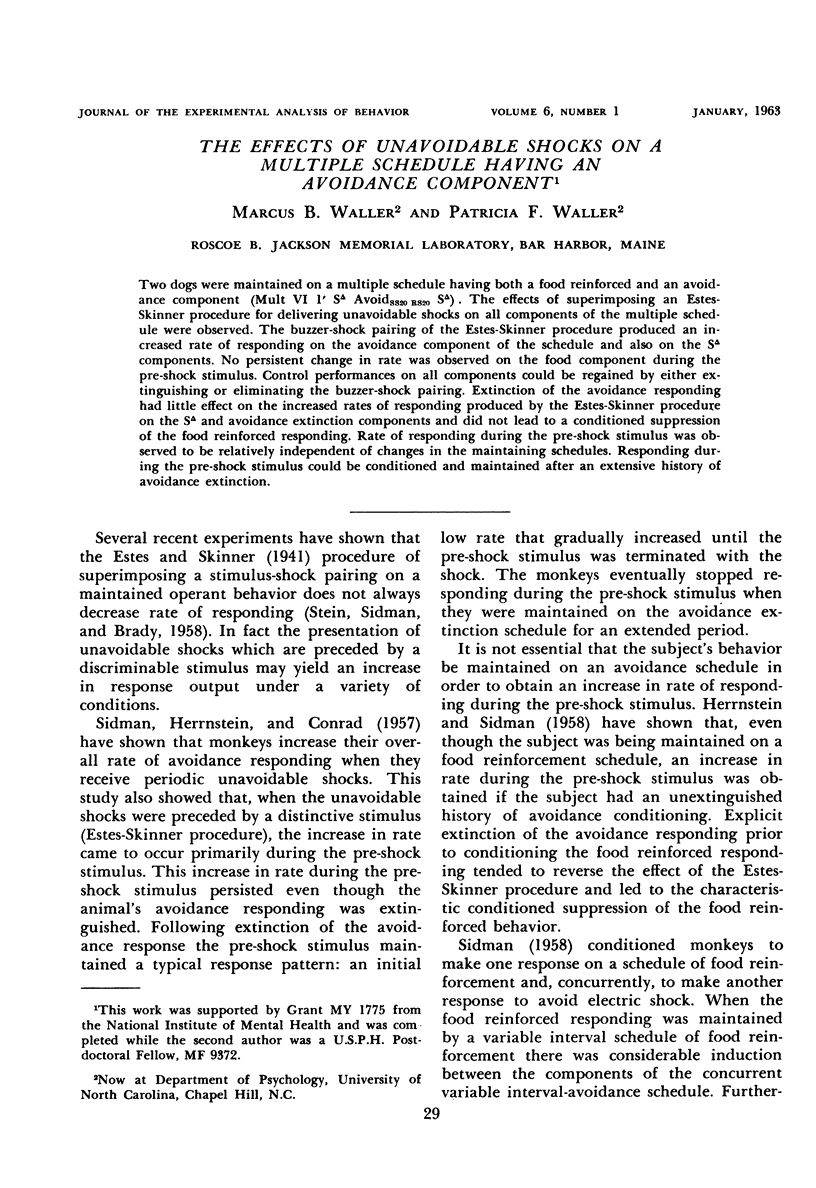
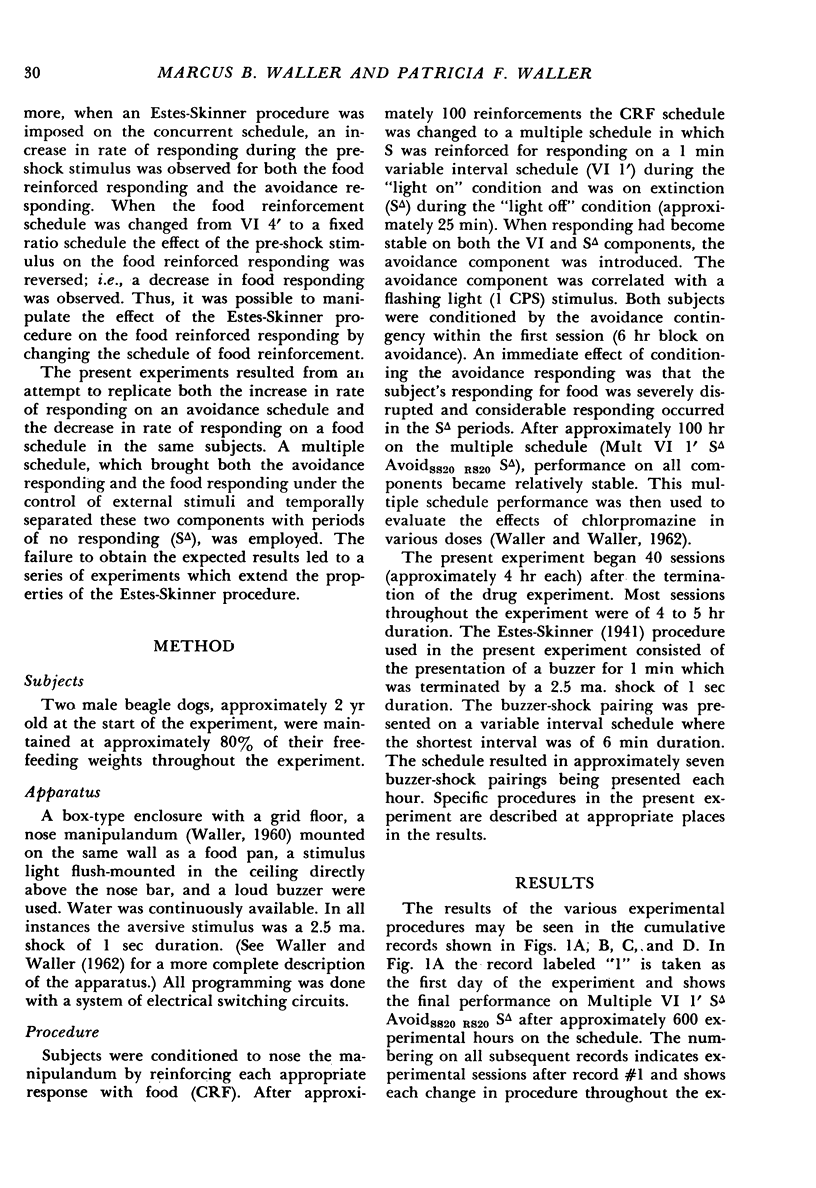
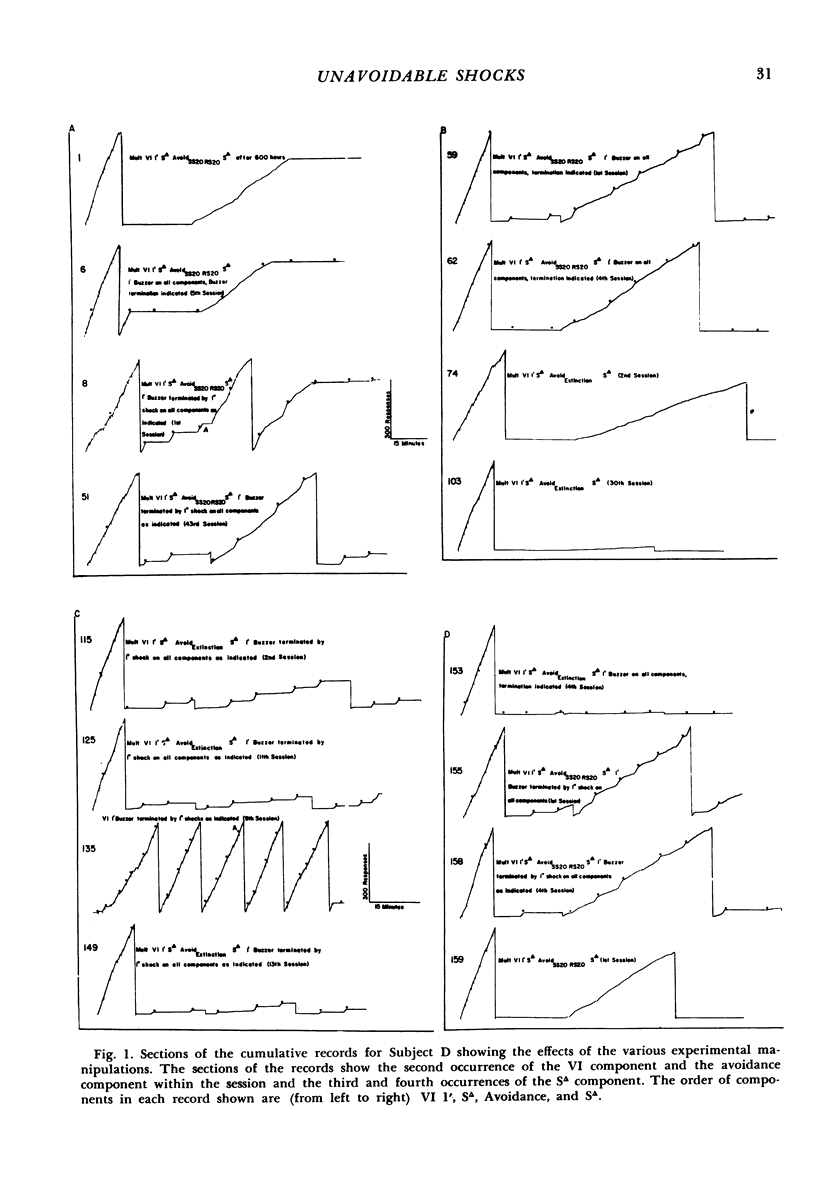
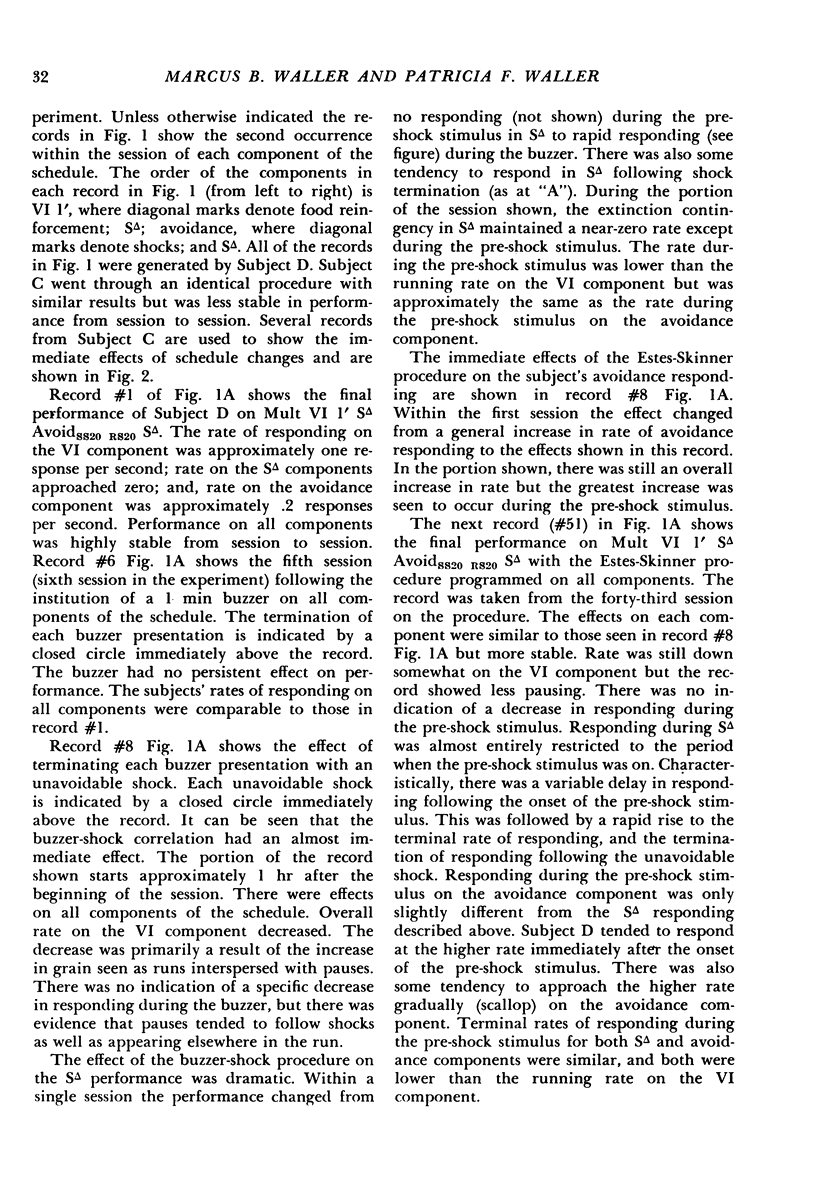
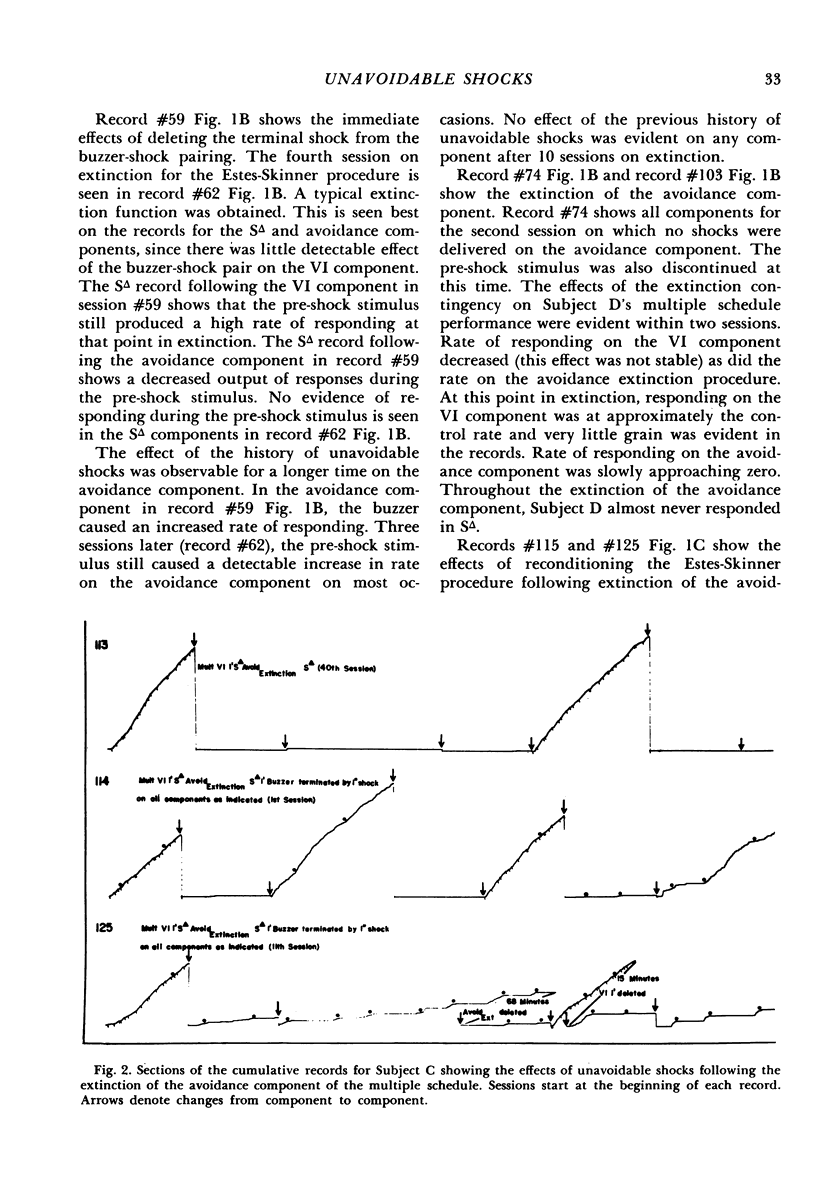
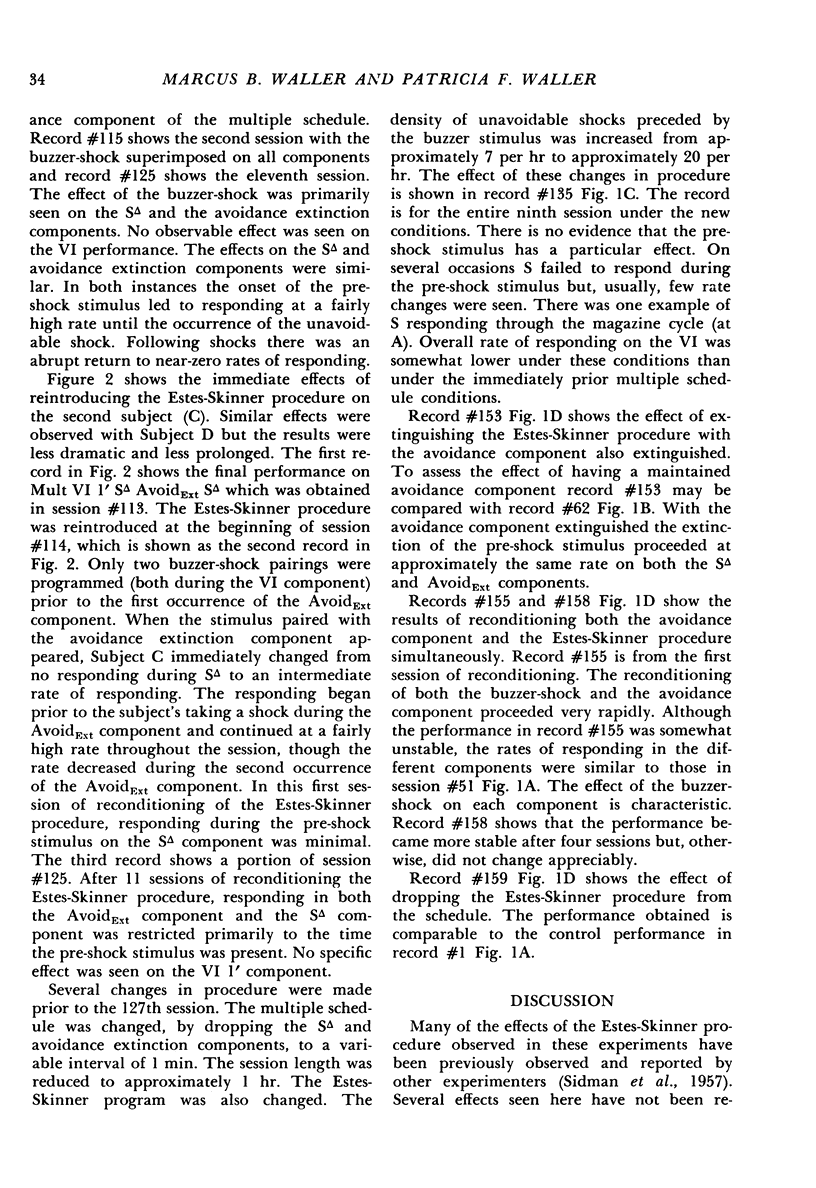
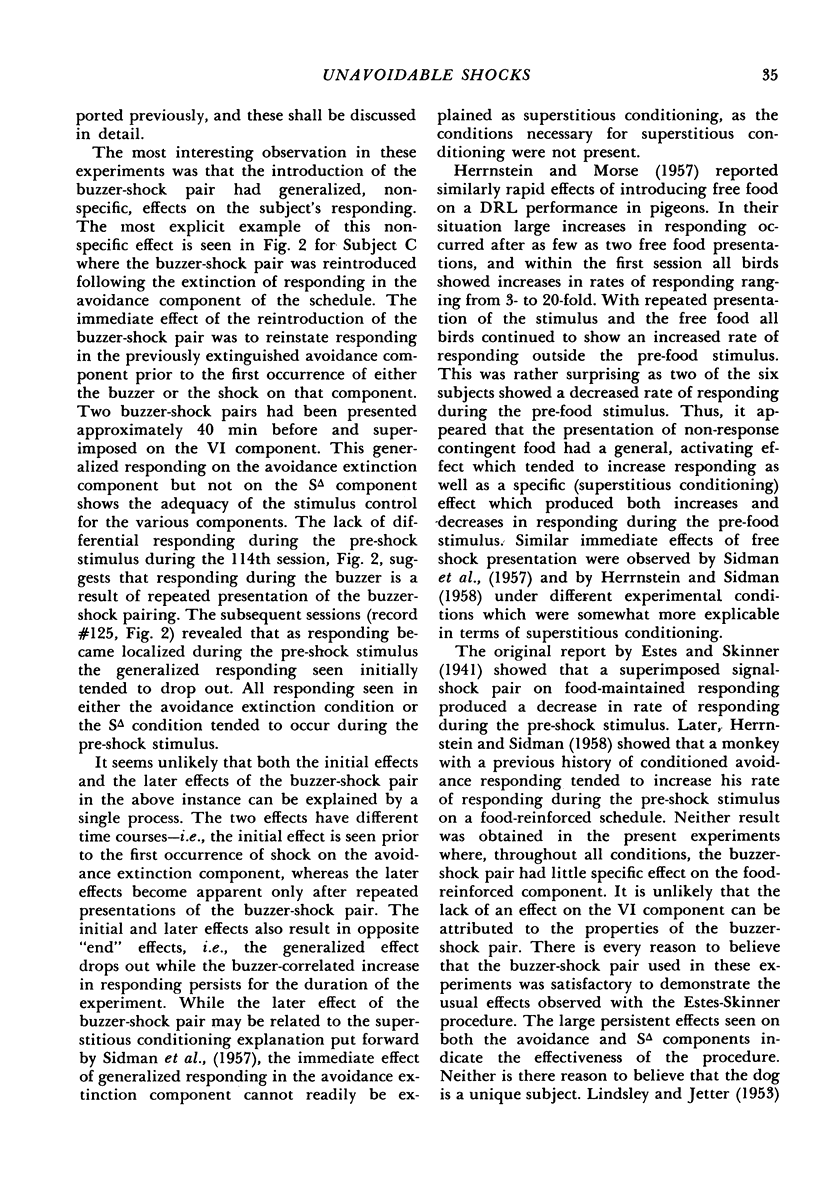
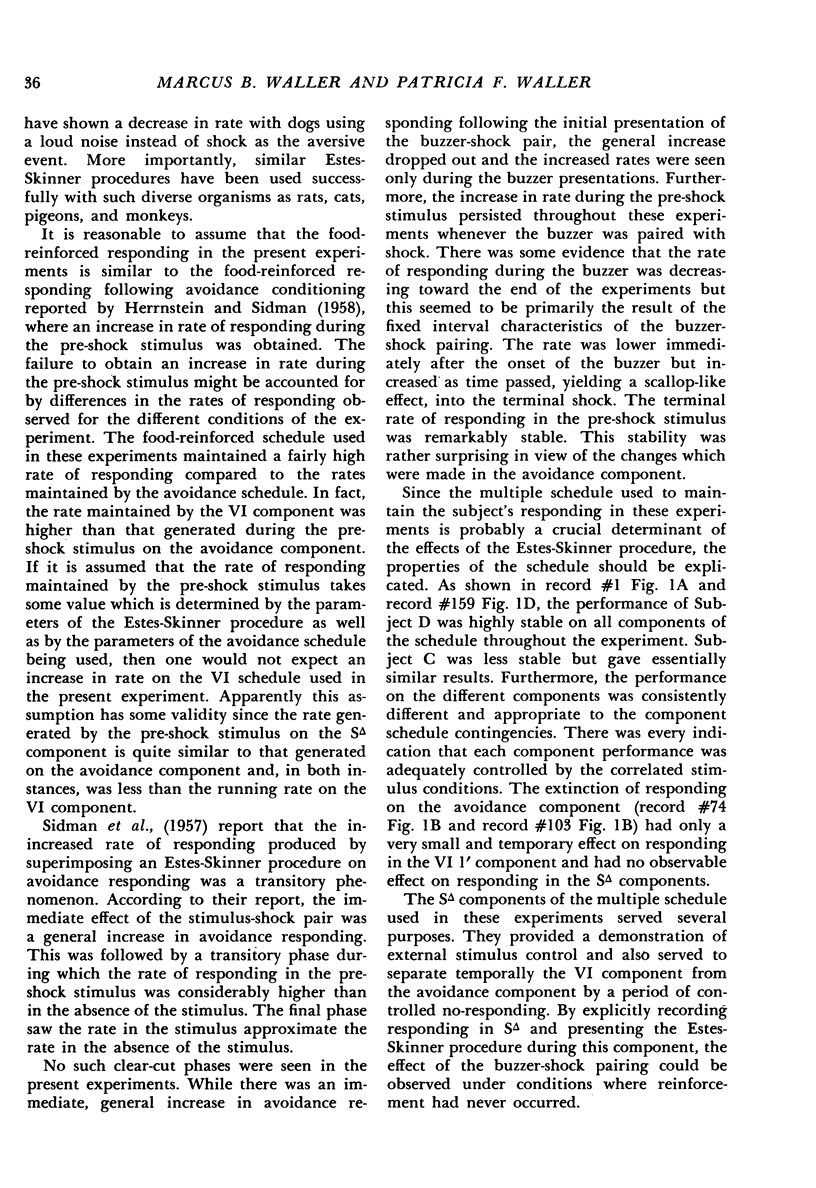
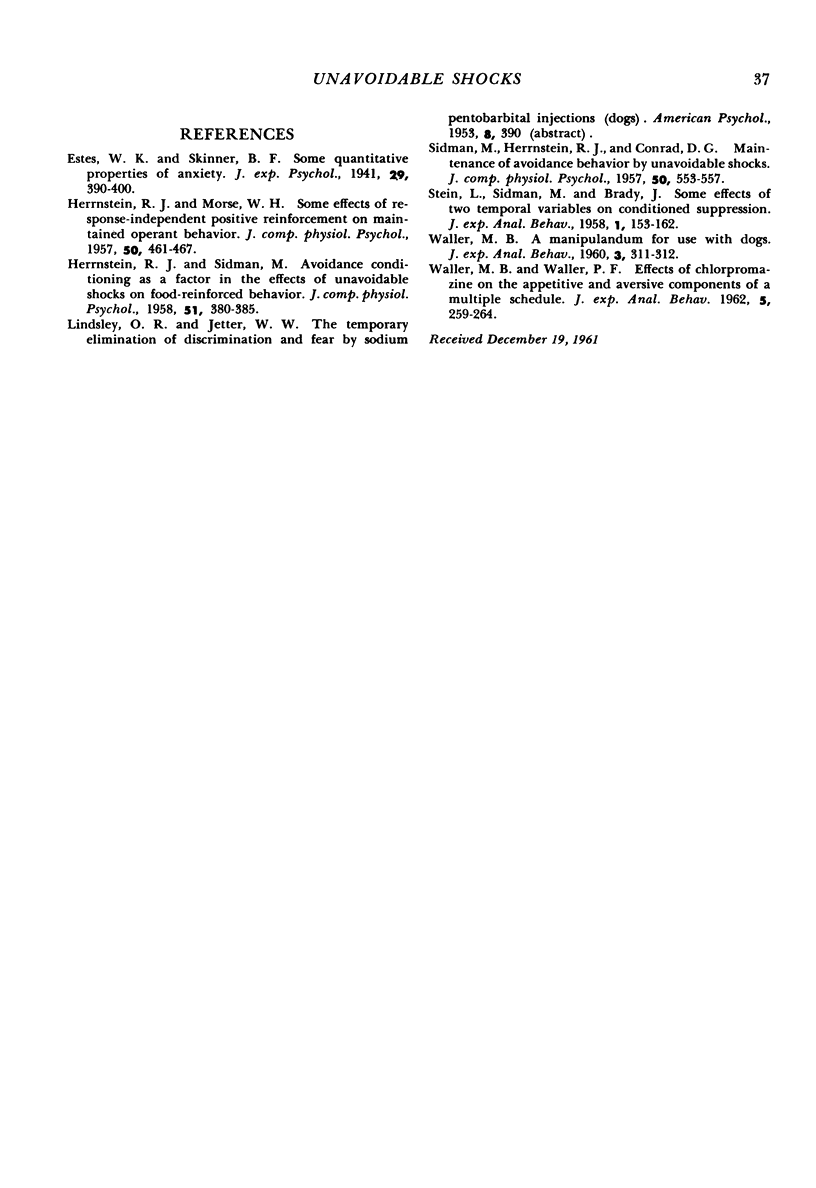
Selected References
These references are in PubMed. This may not be the complete list of references from this article.
- HERRNSTEIN R. J., MORSE W. H. Some effects of response-independent positive reinforcement on maintained operant behavior. J Comp Physiol Psychol. 1957 Oct;50(5):461–467. doi: 10.1037/h0041506. [DOI] [PubMed] [Google Scholar]
- HERRNSTEIN R. J., SIDMAN M. Avoidance conditioning as a factor in the effects of unavoidable shocks on food-reinforced behavior. J Comp Physiol Psychol. 1958 Jun;51(3):380–385. doi: 10.1037/h0038487. [DOI] [PubMed] [Google Scholar]
- SIDMAN M., HERRNSTEIN R. J., CONRAD D. G. Maintenance of avoidance behavior by unavoidable shocks. J Comp Physiol Psychol. 1957 Dec;50(6):553–557. doi: 10.1037/h0043500. [DOI] [PubMed] [Google Scholar]
- Stein L., Sidman M., Brady J. V. Some effects of Two Temporal Variables on Conditioned Suppression. J Exp Anal Behav. 1958 Apr;1(2):153–162. doi: 10.1901/jeab.1958.1-153. [DOI] [PMC free article] [PubMed] [Google Scholar]
- WALLER M. B. A manipulandum for use with dogs. J Exp Anal Behav. 1960 Oct;3:311–312. doi: 10.1901/jeab.1960.3-311. [DOI] [PMC free article] [PubMed] [Google Scholar]
- WALLER M. B., WALLER P. F. Effects of chlorpromazine on appetitive and aversive components of a multiple schedule. J Exp Anal Behav. 1962 Apr;5:259–264. doi: 10.1901/jeab.1962.5-259. [DOI] [PMC free article] [PubMed] [Google Scholar]


